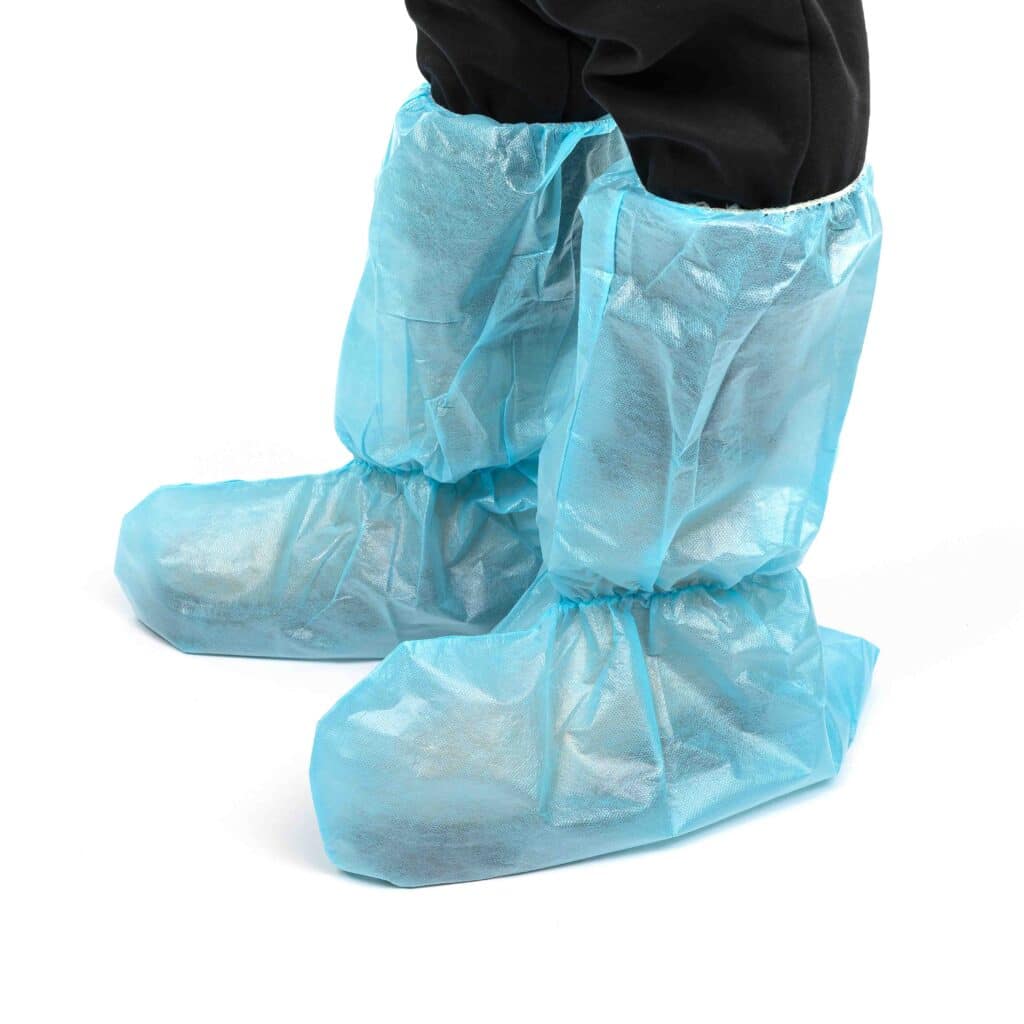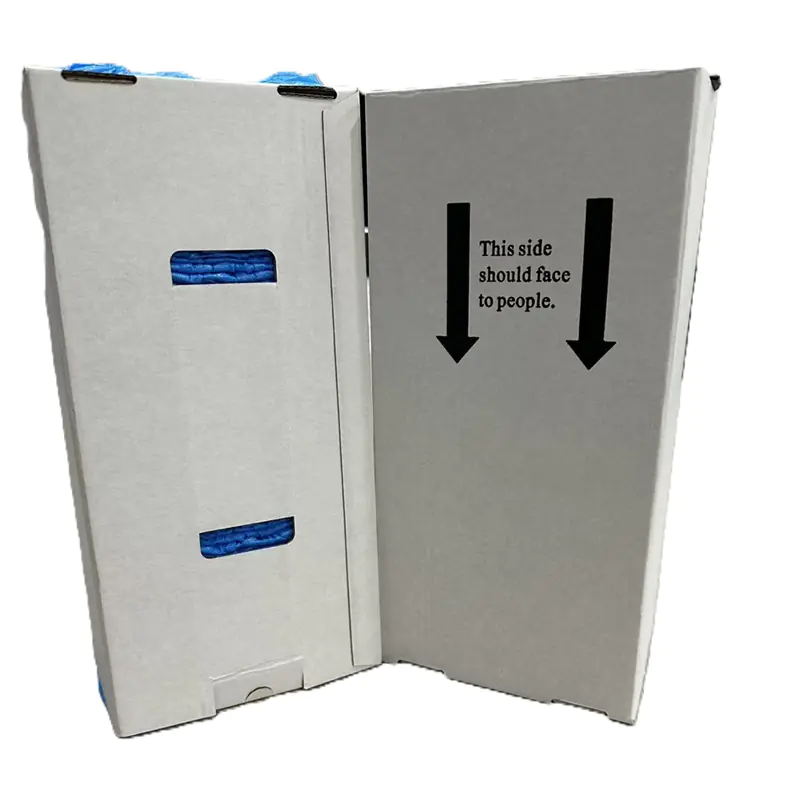Hey there! Let’s talk about something really neat today: Одноразовые водонепроницаемые чехлы для ботинок. These are special coverings you slip over your shoes to keep them safe from water, mud, or germs.They’re called lots of names like disposable booties, plastic shoe covers, disposable overshoes, or even booties shoe covers. No matter what you call them, they’re awesome for protecting your feet and the places you walk in. Plus, you just throw them away after one use, no need to wash anything.
Here are six материалы that can be used to make Одноразовые водонепроницаемые чехлы для ботинок:
- Полиэтилен (ПЭ): This is a really light and low-cost kind of plastic. It does an awesome job at stopping water from sneaking through. You’ll often find it in things like PE boot covers или LDPE shoe covers. It’s perfect when you need something cheap and quick for a short job, like walking through a wet spot without soaking your shoes. Since it’s so lightweight, you barely notice it’s there, yet it keeps everything nice and dry.
- Полипропилен (PP): This material is a strong fabric that’s sometimes called non-woven. It’s special because it can let a little air through, so your feet don’t get too hot. When a water-blocking layer is added, it turns into a great choice for non-woven shoe covers или non-skid polypropylene shoe covers. It’s used a lot when you need to wear boot covers for a long time but still want to stay comfy while keeping liquids out.
- Cast Polyethylene (CPE): Think of this as the tougher cousin of regular PE. It’s a thicker plastic that’s super прочный and completely водонепроницаемый. You’ll see it in CPE shoe covers или disposable durable CPE waterproof overshoes. This stuff is great for harder tasks where your boot covers might get bumped or scratched, but they still need to keep water far away from your shoes.
- Microporous Film: This one’s pretty fancy! It’s a material with super tiny holes that let air pass through but stop water from getting in. That makes it perfect if you’re wearing Microporous boot covers или disposable medical booties for a long time in places like hospitals. It keeps your feet from feeling stuffy while still acting as a water barrier, which is amazing for keeping areas sterile.
- Поливинилхлорид (ПВХ): Here’s a heavy-duty plastic that’s incredibly strong. It can handle rough situations without tearing, so it’s often used in waterproof boot covers например, non-woven anti-skid boot covers with PVC sole. If you’re in a messy or wet spot where you need extra toughness, PVC steps up to make sure your feet stay protected no matter what you step into.
- Combined Materials: Sometimes, one material isn’t enough, so makers mix a couple together! For example, blending PP и PE creates plastic boot covers disposable that are both strong and water-tight. This combo takes the best parts of each material to give you awesome protection. It’s like having a team of superheroes working together on your feet to fight off water and dirt.
I’ve got some cool places for you to check out if you want to see these boot covers in action. Take a peek at our Disposable Waterproof CPE Shoe Covers for strong, water-safe options. Or look at our Disposable PE Waterproof Shoe Cover if you want something light and easy. Don’t forget our Disposable Microporous Breathable and Waterproof Boot Cover for comfy protection in clean spaces, and the Disposable Non Woven Waterproof Boot Cover for a fabric feel with water-blocking power. There are so many ways these материалы turn into helpful gear!











